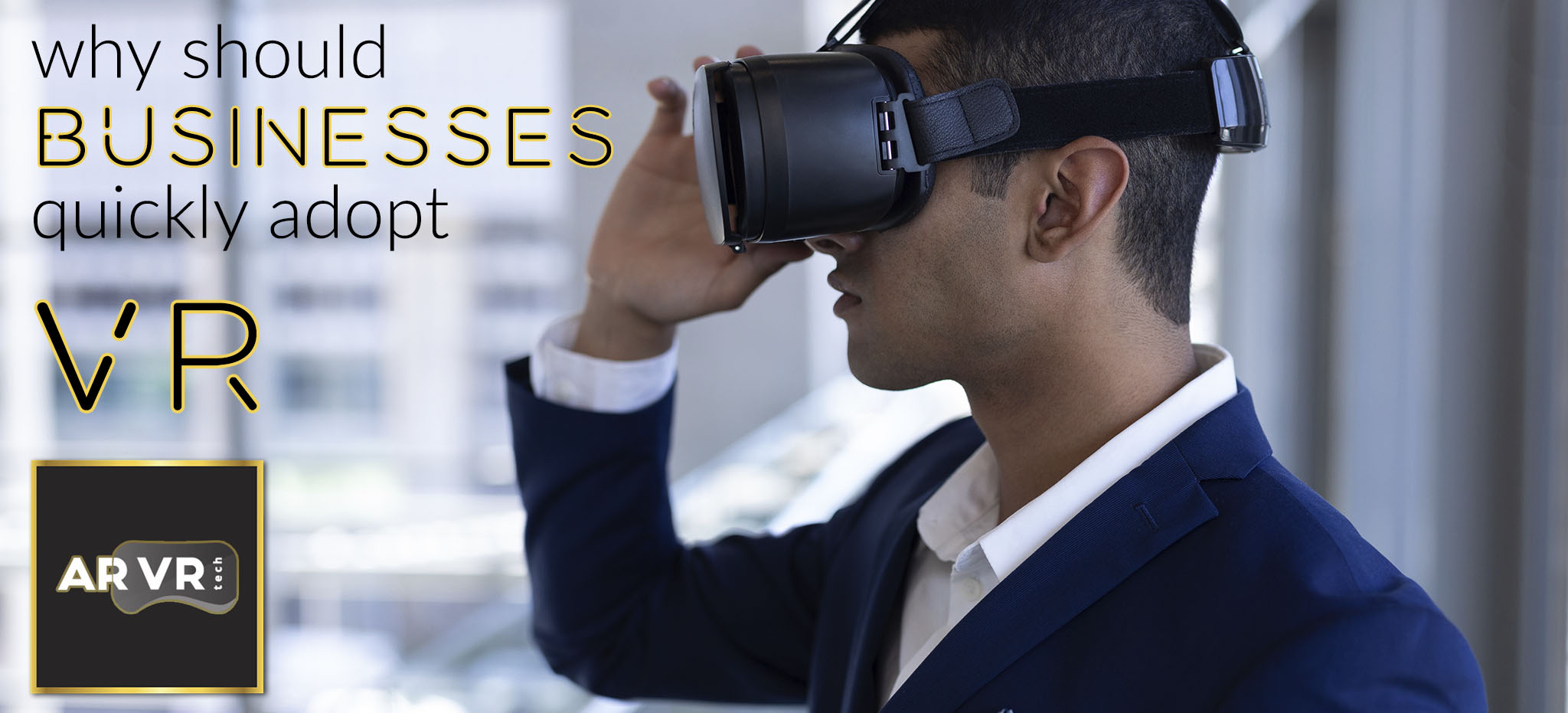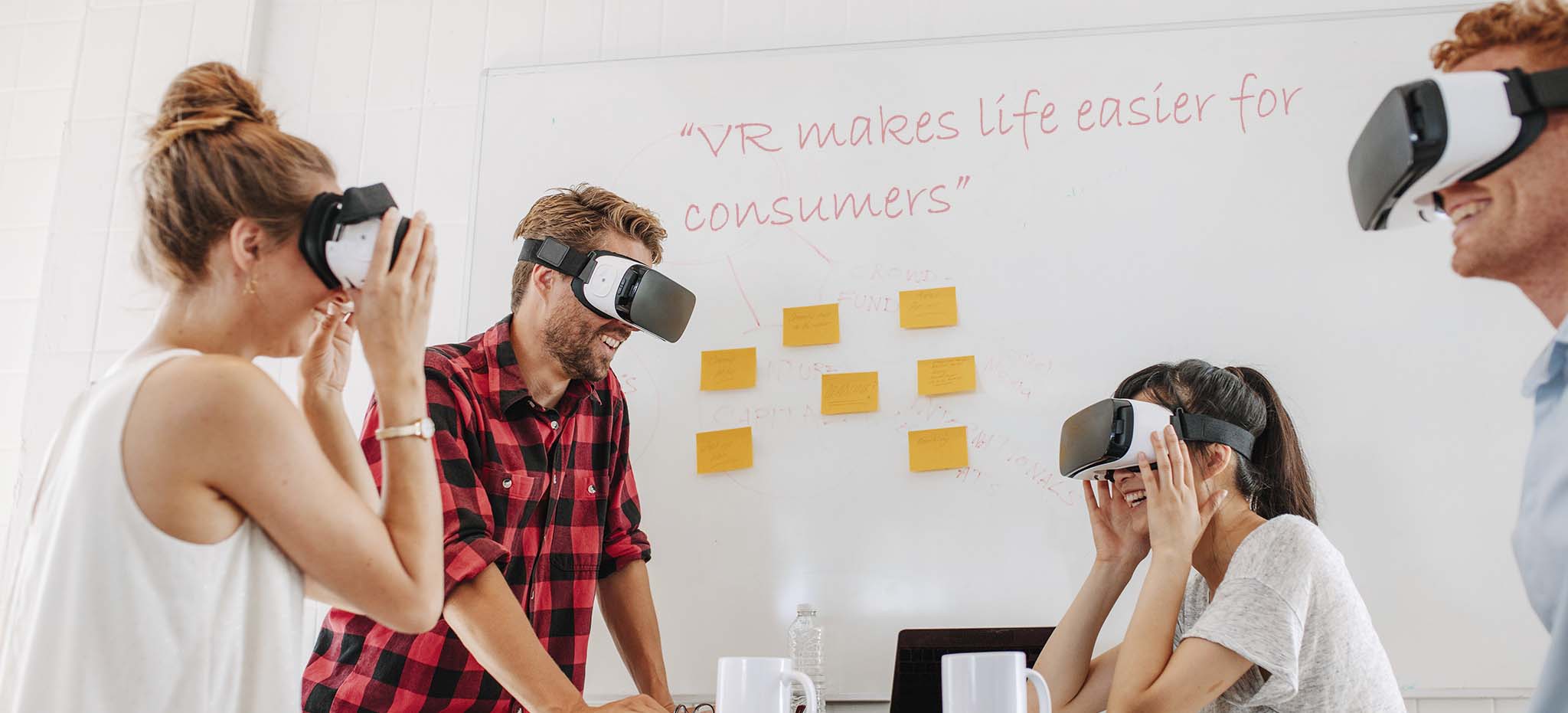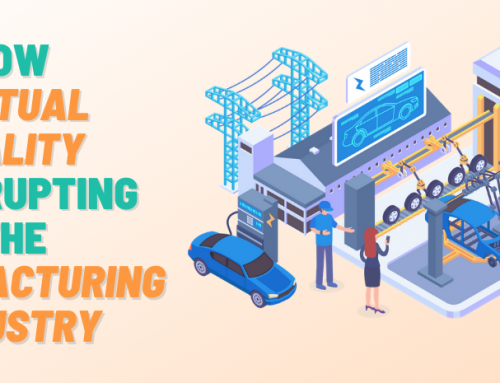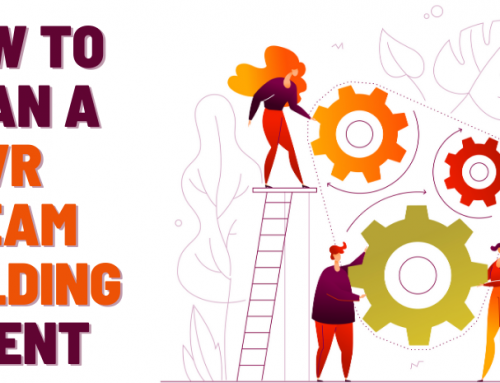
This post has been updated for 2020!
INTRO
Let’s imagine that you need to figure out what is the customers issue from your customer service hub, after they’ve provided you with a proper description of the problem.
Yet what happens in reality is that the potential new client looks for a easy solution and technical implementation from a company. Instead of typical and old troubleshooting with somewhat clunky and cumbersome 2D experience, how about using VR interaction that would solve this problem?
Also, keep in mind that the cost of VR devices is dropping rapidly and that this will contribute to increasing of VR usage. Still, great customer feedback comes when VR content and hardware are set up for such a goal: when customers are incentivized at the end of the VR content to use the promo code, or direct shopping or sharing on social media.
Promising research in the field of brain-to-brain communications could open up the doors to additional avenues of service and all these initiatives are contributing to accelerating VR innovation. Brain stimuli can be researched better thanks to VR as people look where and how people’s facial muscles, neck, eyes and other senses interact with the content.
In order for VR to become widely available for customer service operations, VR devices need to become cost-effective and widely available. VR technology needs to be integrated into business applications, and customers need to learn to accept VR as a medium of interaction for service requests.
Let’s now look at different scenarios of users who want to implement VR in customer journey:
VR HELPS A POTENTIAL CUSTOMER CHOOSE A PRODUCT THAT REQUIRES TEST AND TRIAL BEFORE GOING THROUGH WITH THE PURCHASE
“I would like to see, explore and configure a car to my preference at scale using immersive technology (VR/AR) prior to purchase.”
A massive 82% of respondents agreed with the statement, with only 5% disagreeing. Support for VR and AR technologies in automotive retail was strongest in the 25-34 age bracket, though all age ranges showing strong support for the statement
Almost two thirds of people polled stated that they would be more likely to visit a dealership if they could interact with immersive technology there. 50% of people stated that they would be more inclined to look dealer’s car offers if those immersive technologies on offer were VR and AR, whereas for 78% of interviewed this statement is true, “I would expect to feel a greater sense of connection with a brand when using immersive technologies such as VR/AR versus other mediums.”
“VR helps us in testing cars before purchase to add value and differentiate themselves within the marketplace, creating a new layer of discovery that’s helping to arrest the recent decline in visits from the public.” says Artgole. “If you’re going to deploy a commercial experience designed to be part of a customer journey, you need to allow the customer to naturally formulate an opinion. They need to be able to perceive the product with absolute clarity and react intuitively within the digital space.”
VR MAKES CONSUMERS’ LIVES EASIER
The most significant benefit of VR technology is that you can try the content without getting involved with full, upfront costs. Visiting a far-off country, for example, can be expensive in real life, but it’s incredibly convenient with VR.
When it comes to providing value, many brands are using principles of gamification and incentive mechanisms we see in video games. For instance, at some restaurants it becomes a trend that customers may redeem coupons and use points to get discounts. Only if such an experience provides value, the customer will think that this particular brand is not wasting their most precious resource – their time.
In a situation like this and in many examples across different industries, we notice that VR can test and potentially change people’s viewpoint on plenty of situations, in business and personal life. This is another example how VR becomes a powerful marketing strategy.

The stages of customer journey in VR are passive awareness, consideration, on boarding, and nurturing. In all of these stages VR can be integrated so as to address users’ needs and solve pain points.
For example, in the awareness stage, VR can enhance your senses and you start connecting with a brand or a particular campaign. During consideration phase, VR gives a trial experience to consumers: they have the ability to try out a product or service, be that during test-drive for a vehicle or traveling around the world.
Likewise, with on boarding in VR the person gets a better understanding of how actually to use a new product or get the maximum out of a service because that consumer is being guided through step-by-step process. Again, thanks to VR the special bond between consumer and the brand is being created.
To conclude, there’s no physical limit to what VR can do – it’s possible to develop truly innovative and extraordinary experiences which would usually be out of reach. Going into space, on a rollercoaster, under the sea or any one of an almost endless list of scenarios can be developed and delivered to customers.
Now what are you waiting for! CONTACT US, and let’s begin adding VR to YOUR business ASAP!


